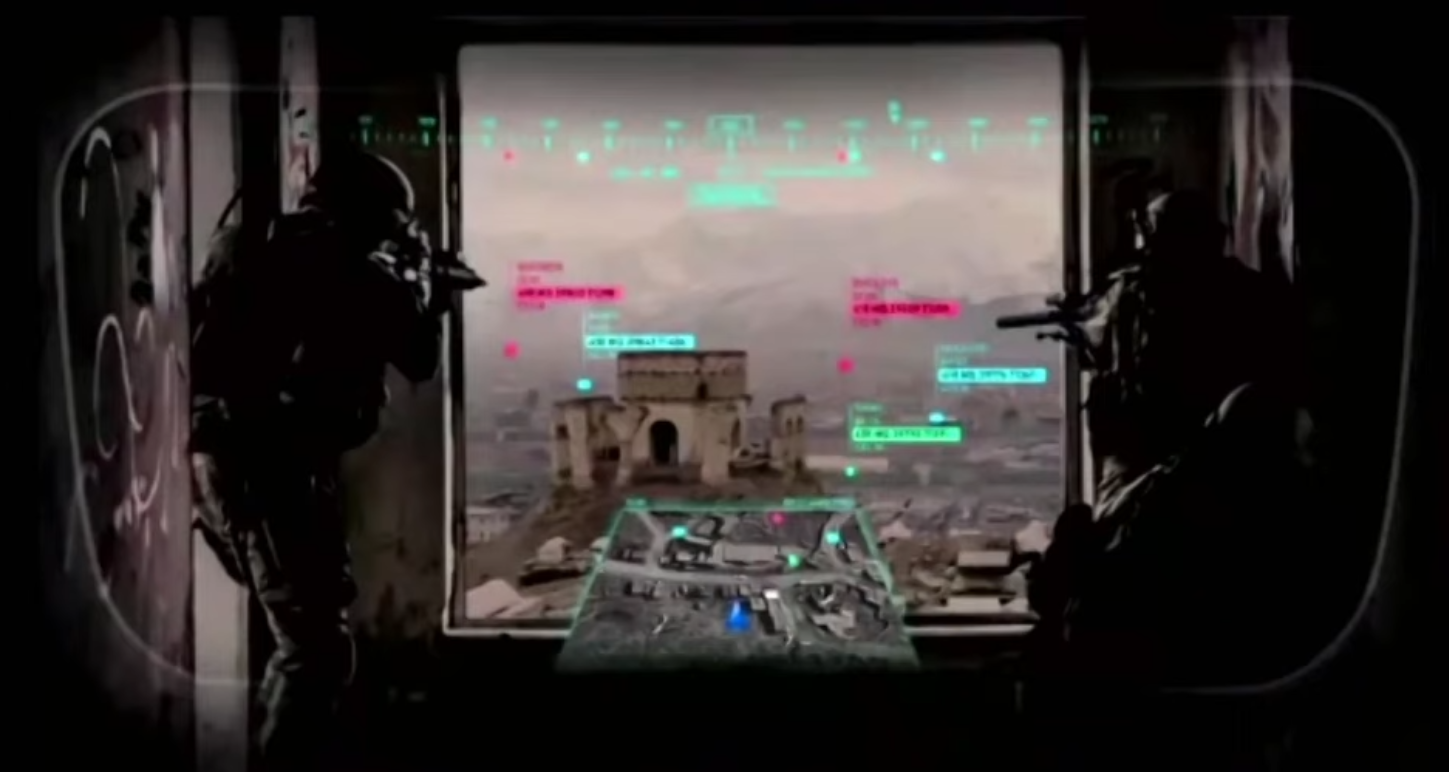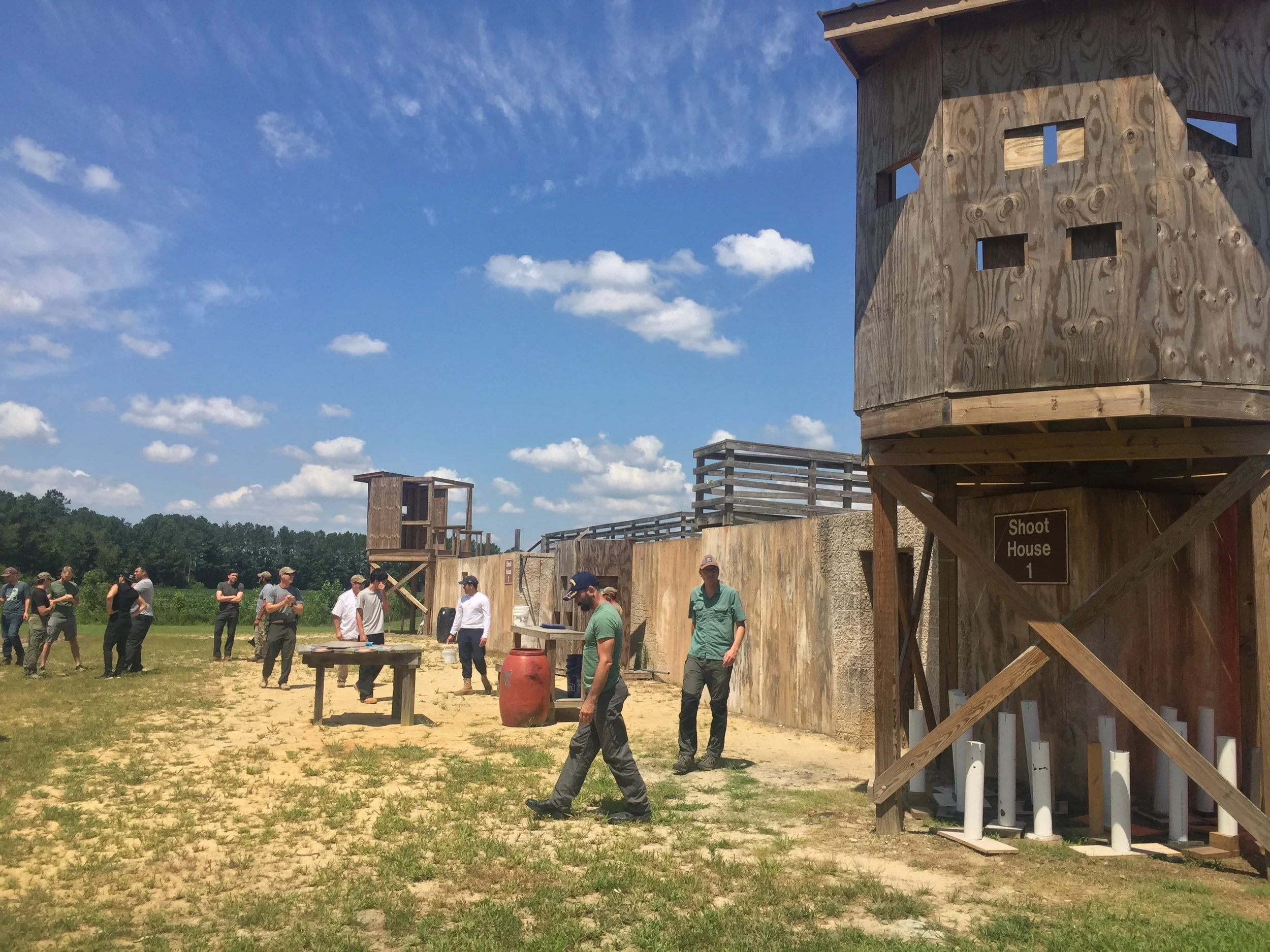Integrated Visual Augmentation System
Senior Designer & Design Manager (2019 - 2021)
HUD
I joined the IVAS program in 2019 and immediately began work on the HUD effort. As the design lead, I aimed to create an effective system that fulfills the needs of warfighters for operational missions and related activities.
Starting with research, I sought to understand the needs of soldiers, both in and out of combat, with a particular focus on mission planning and execution.
Based on the soldiers' needs, I developed the Information Architecture of the IVAS HUD system, along with the puck and goggle hardware controls.
My primary focus was on ensuring soldiers' safety during combat:
One key way this hand an impact was my requirement for a lockout switch on the hardware controls to avoid accidental activation.
Another example was my requirement for mirrored thermal/night vision controls on the goggles for left-handed shooters. There was an ongoing effort to remove the dial from the right side of the helmet to reduce weight (a valid effort), but it would leave left-handed shooters reaching across their field of view to an awkwardly placed dial for the right hand, potentially impacting their ability to engage a target in critical moments.
My research also led me to participate in training events, including executing battle drills and culminating in a nighttime raid on a compound.
ADAptive Squad Architecture and Squad performance Metric
After the HUD system was well underway from an engineering perspective, I shifted my focus to support other program efforts, including leading the design of both the Adaptive Squad Architecture (ASA) and Squad Performance Metric (SPM) initiatives.
For both of these programs, I followed a creative process involving researching and understanding the problem space, driving requirements with stakeholders, ideating, designing simple yet delightful solutions, and collaborating with engineers to implement features.
The ASA initiative resulted in the creation of a 3D configuration management tool (AAT) used to track different army acquisition efforts and validate compatibility across physical, electrical, and data attributes.
The SPM initiative aimed to assist in tracking and managing soldiers' readiness levels across all aspects, including medical checkups, training requirements, and performance. The system provides insights to leaders to better understand how soldiers, squads, platoons, and companies are performing



